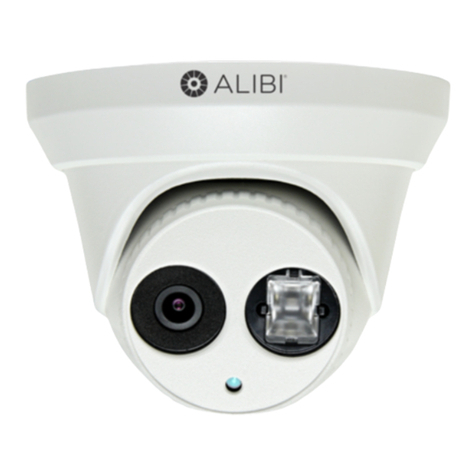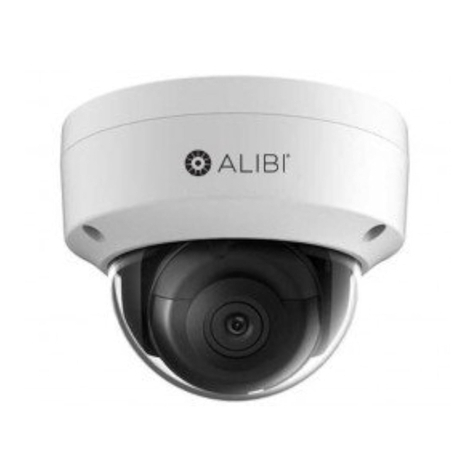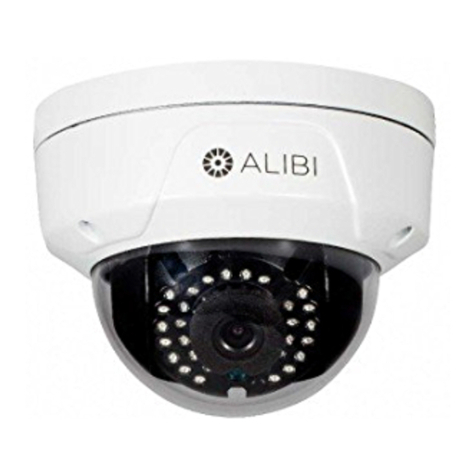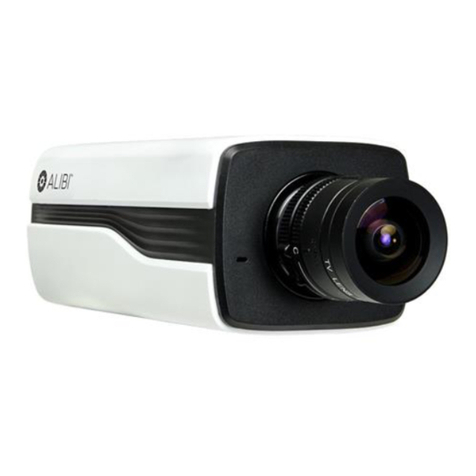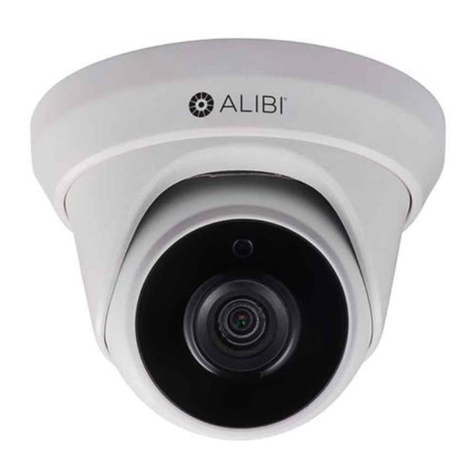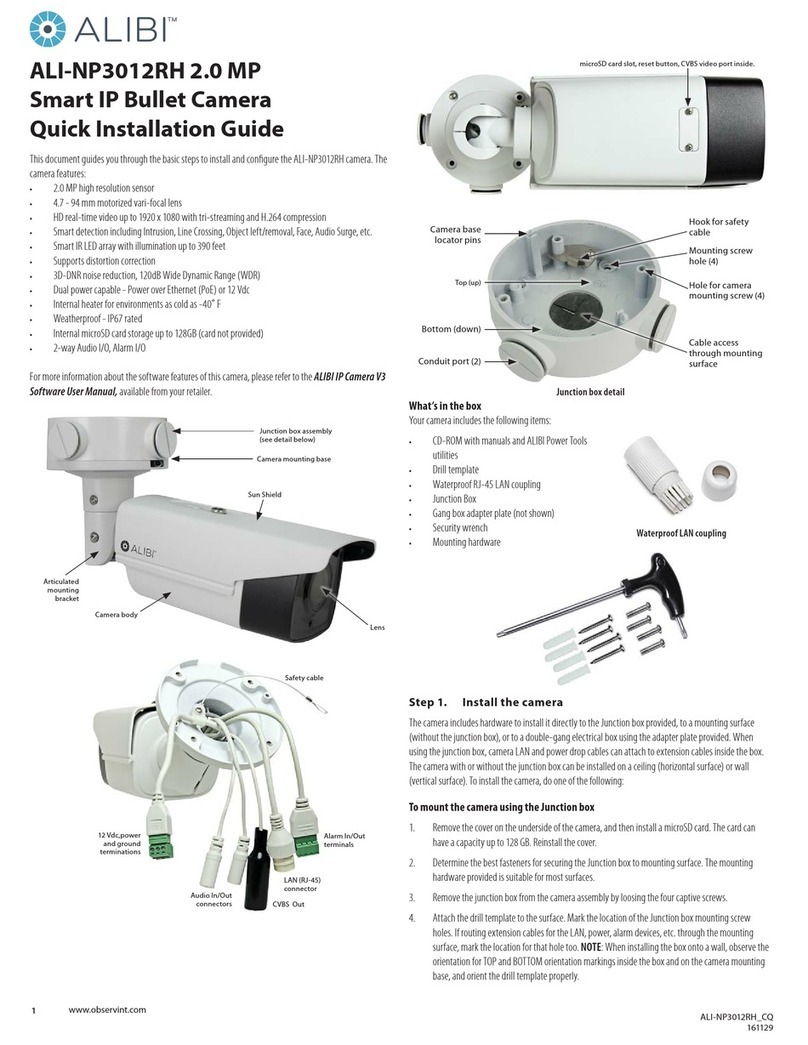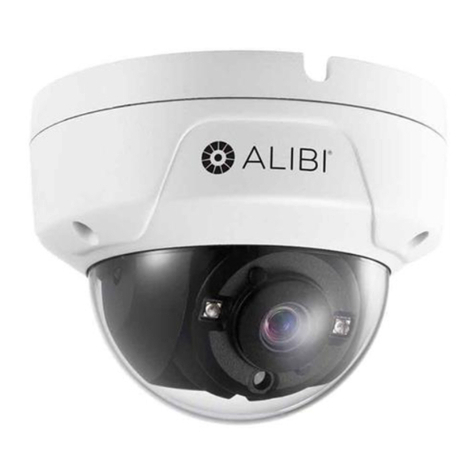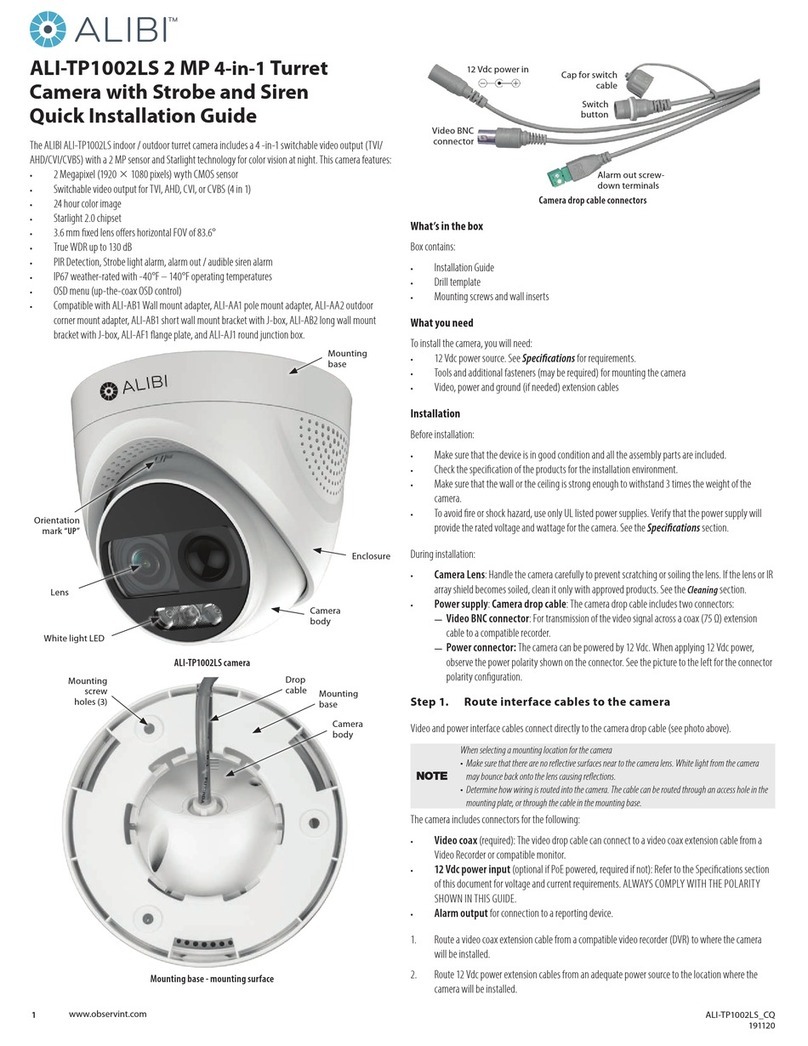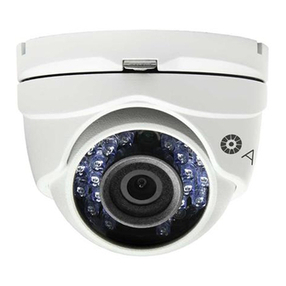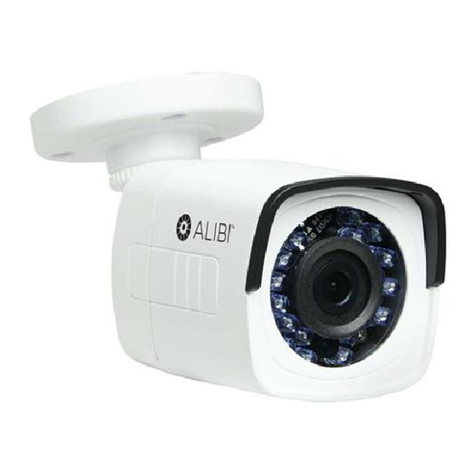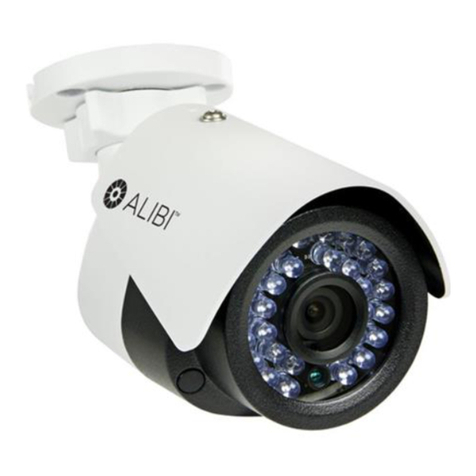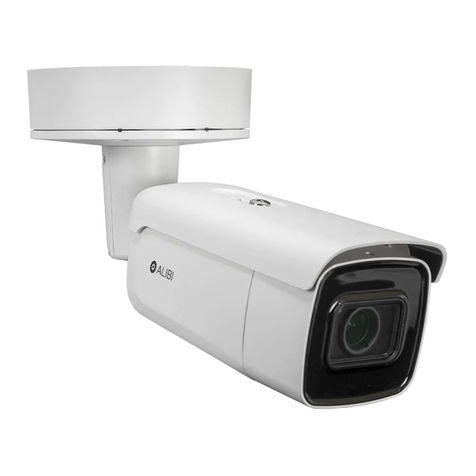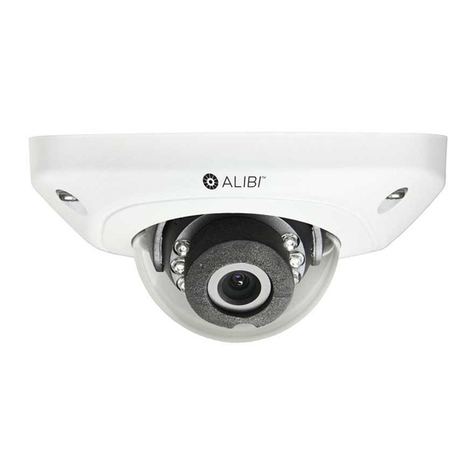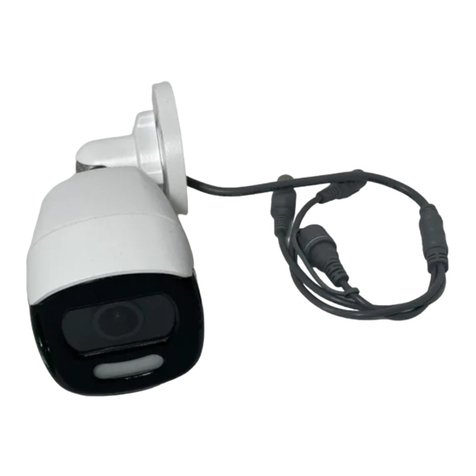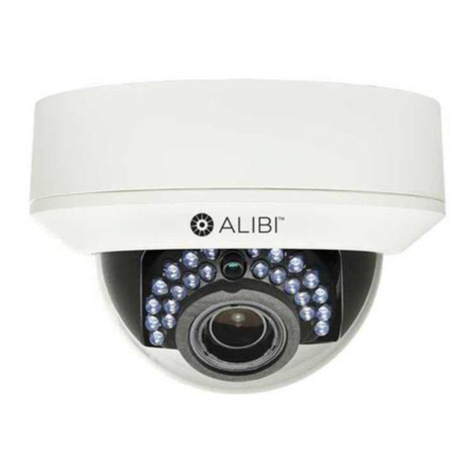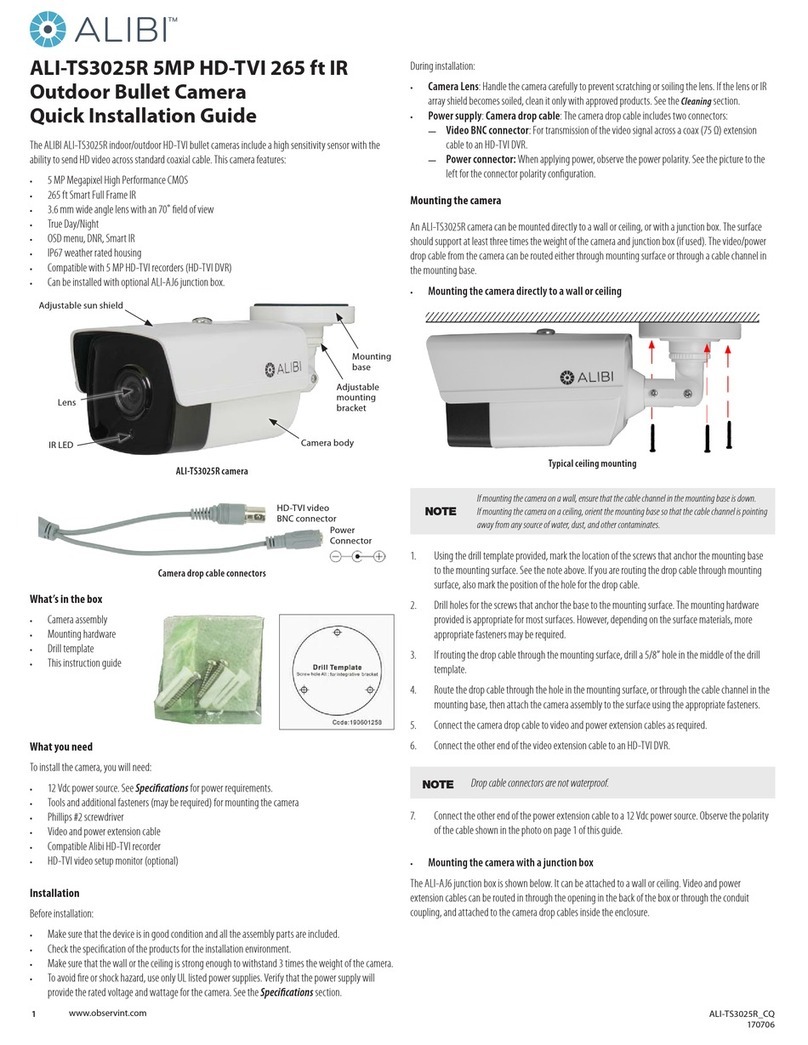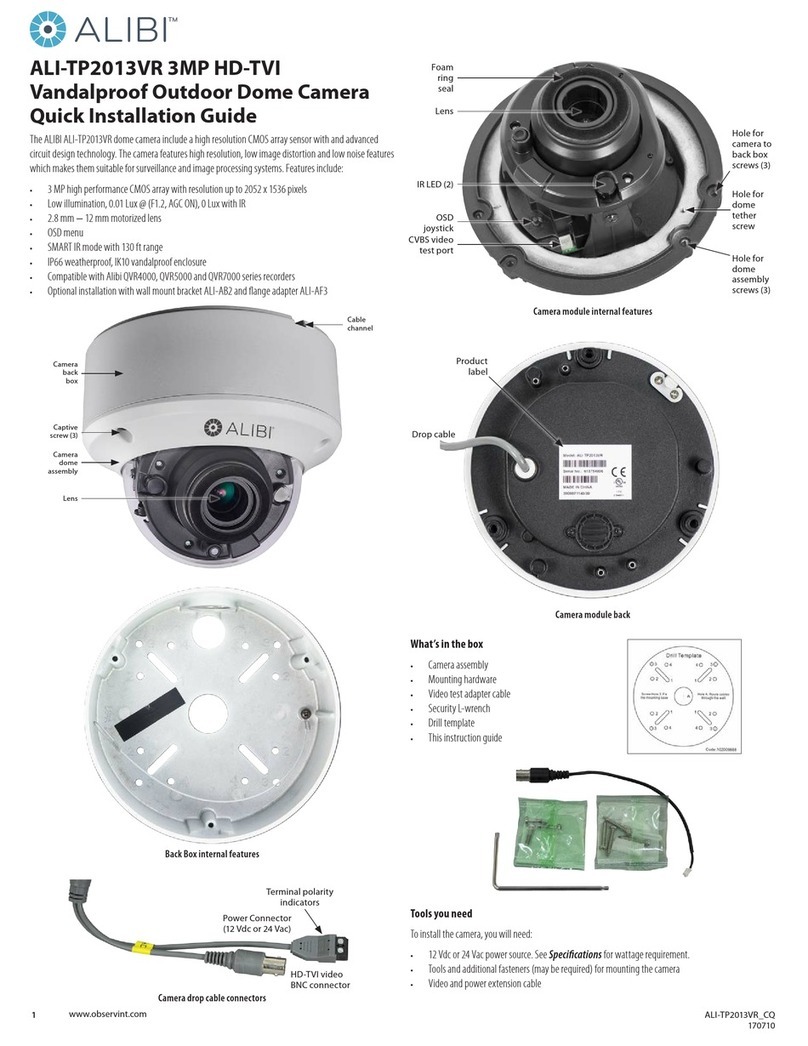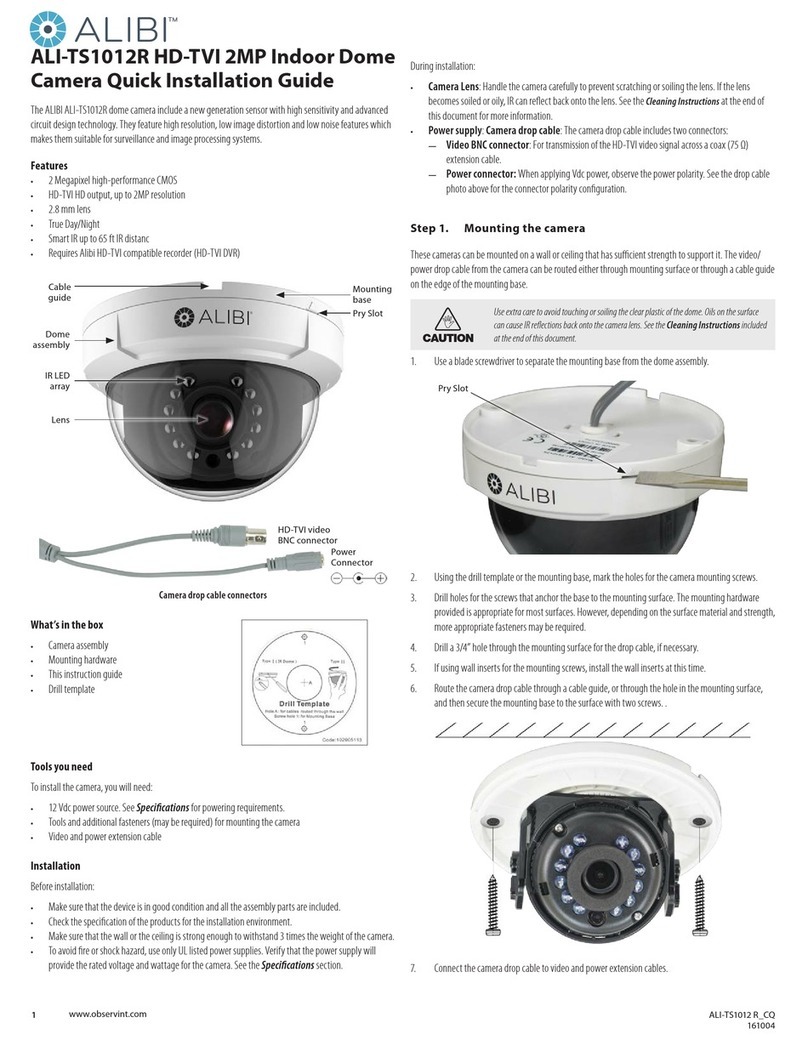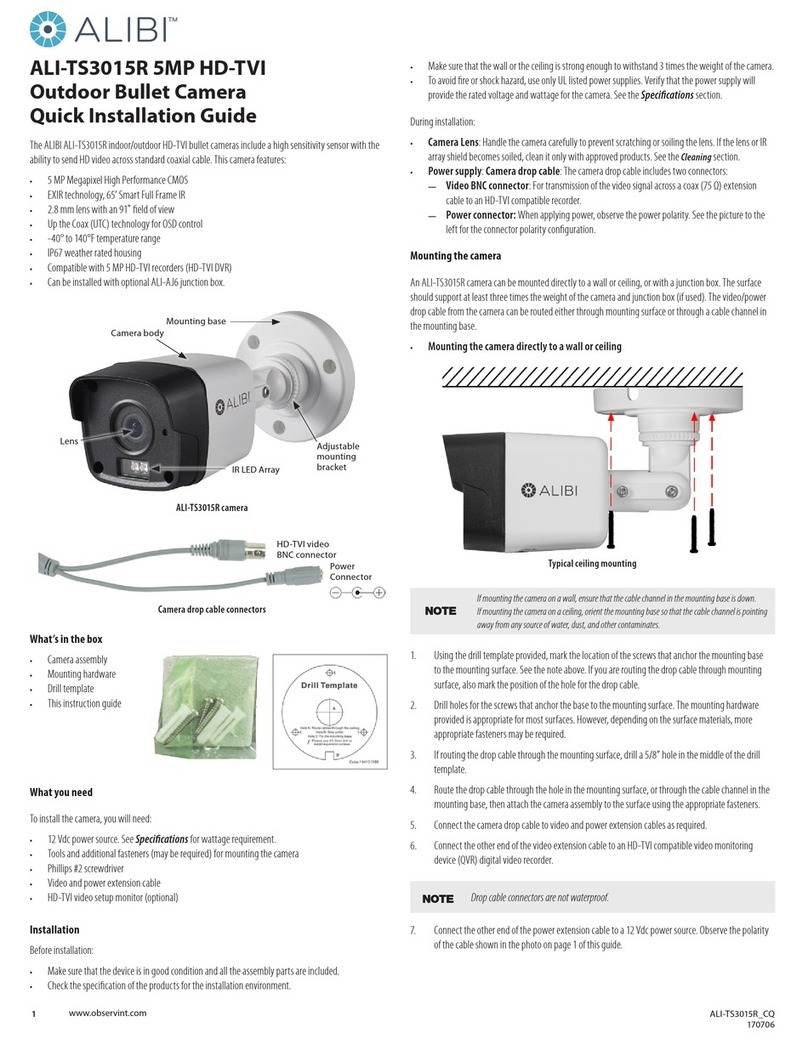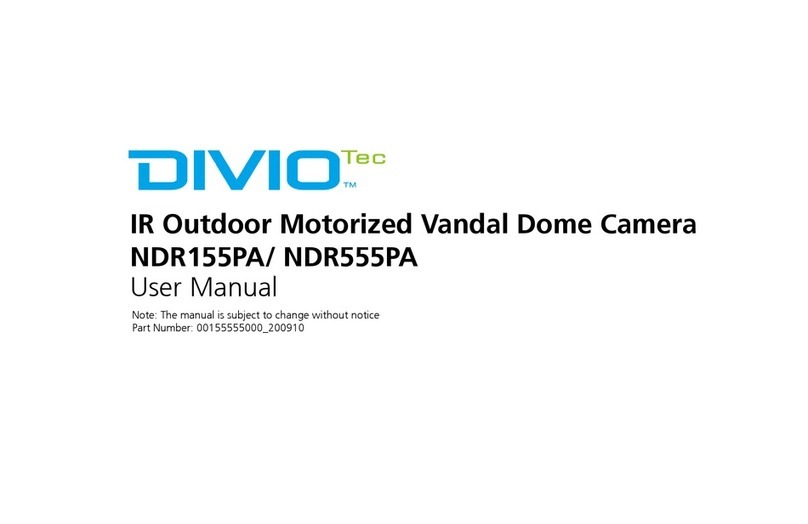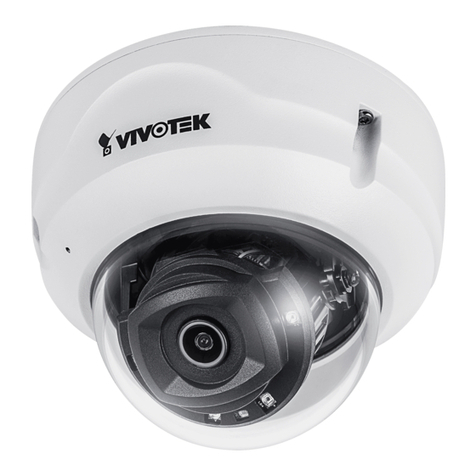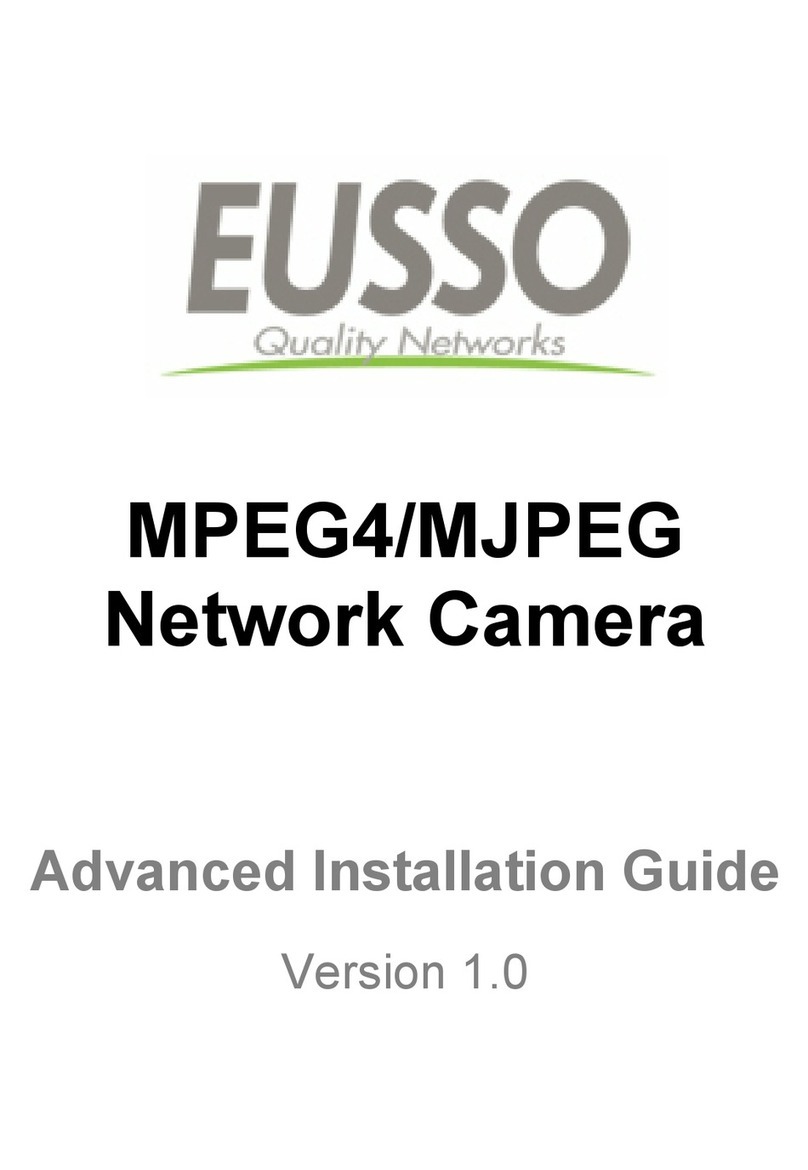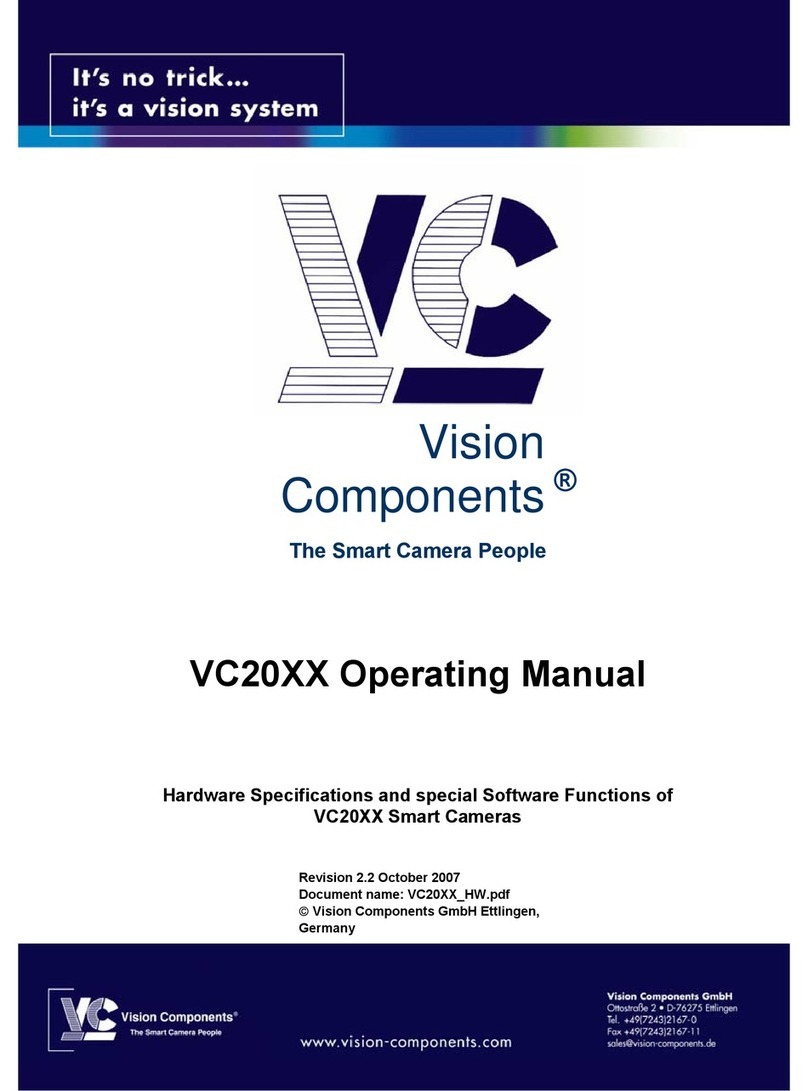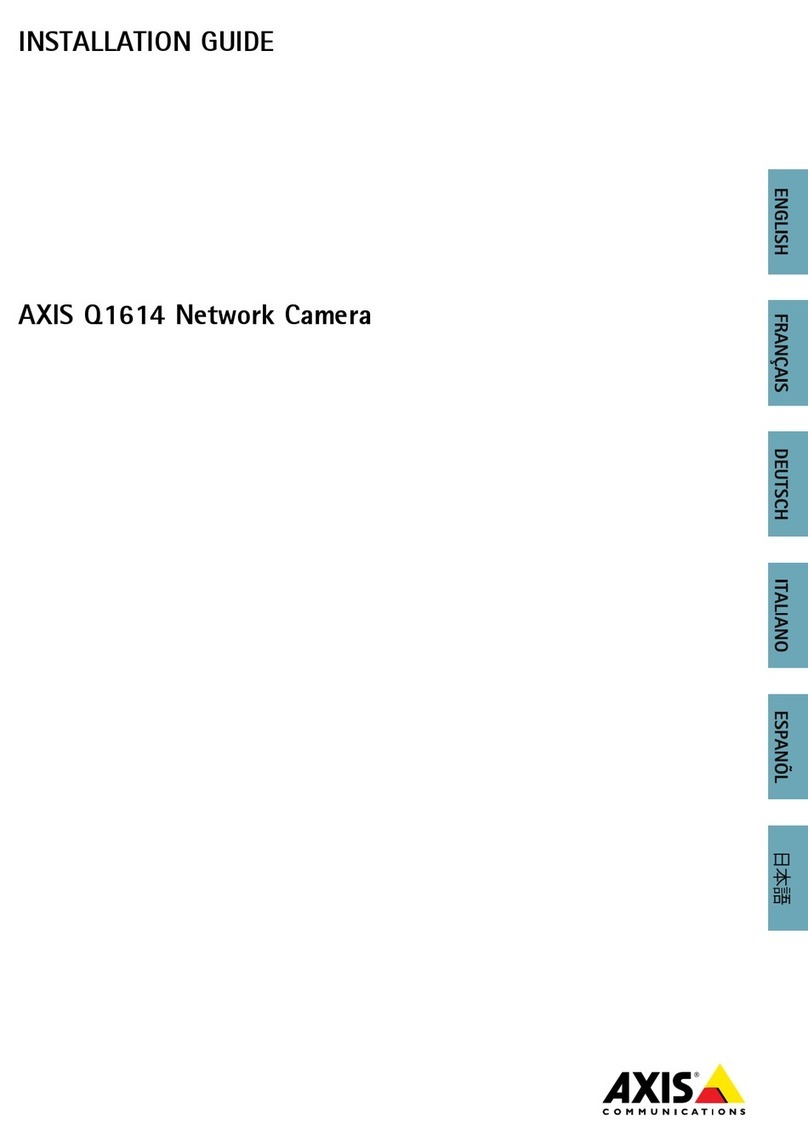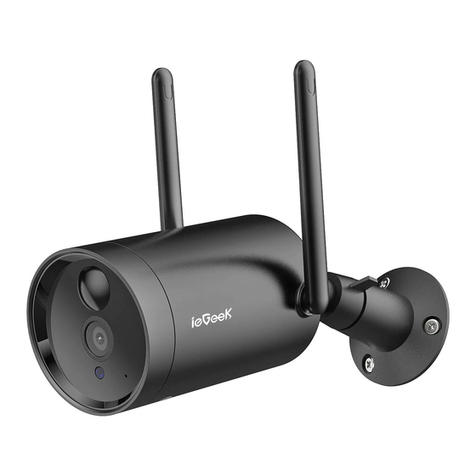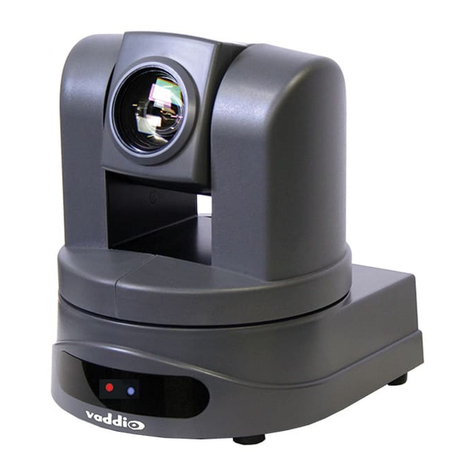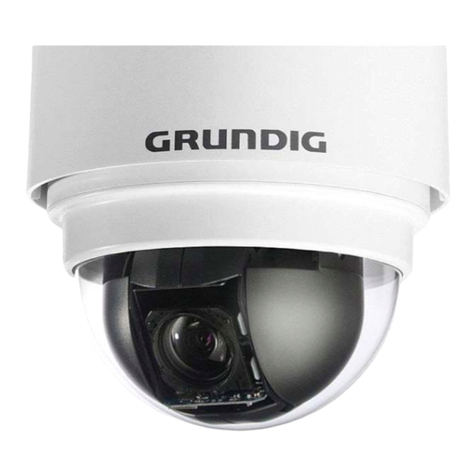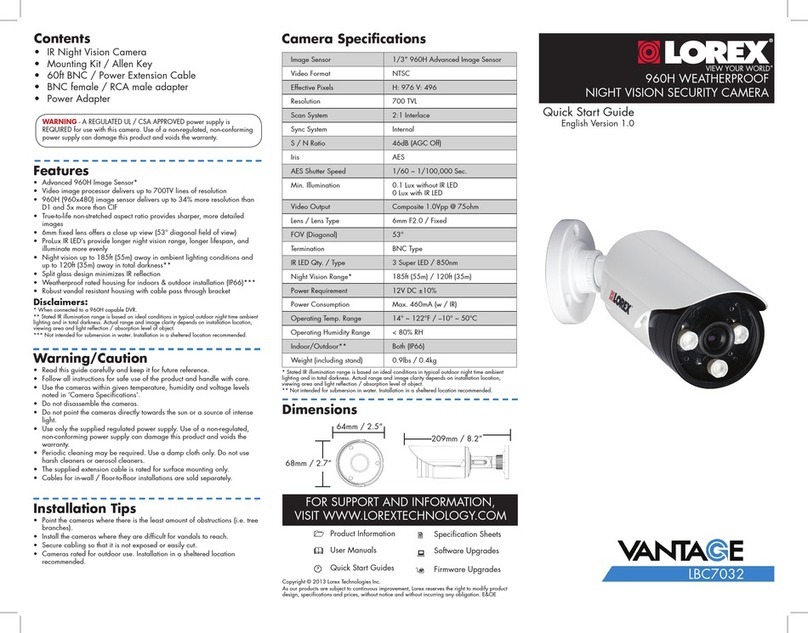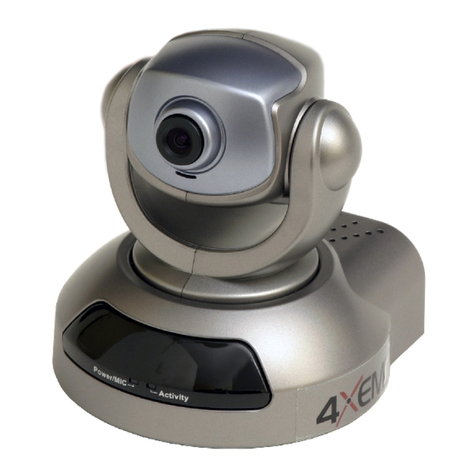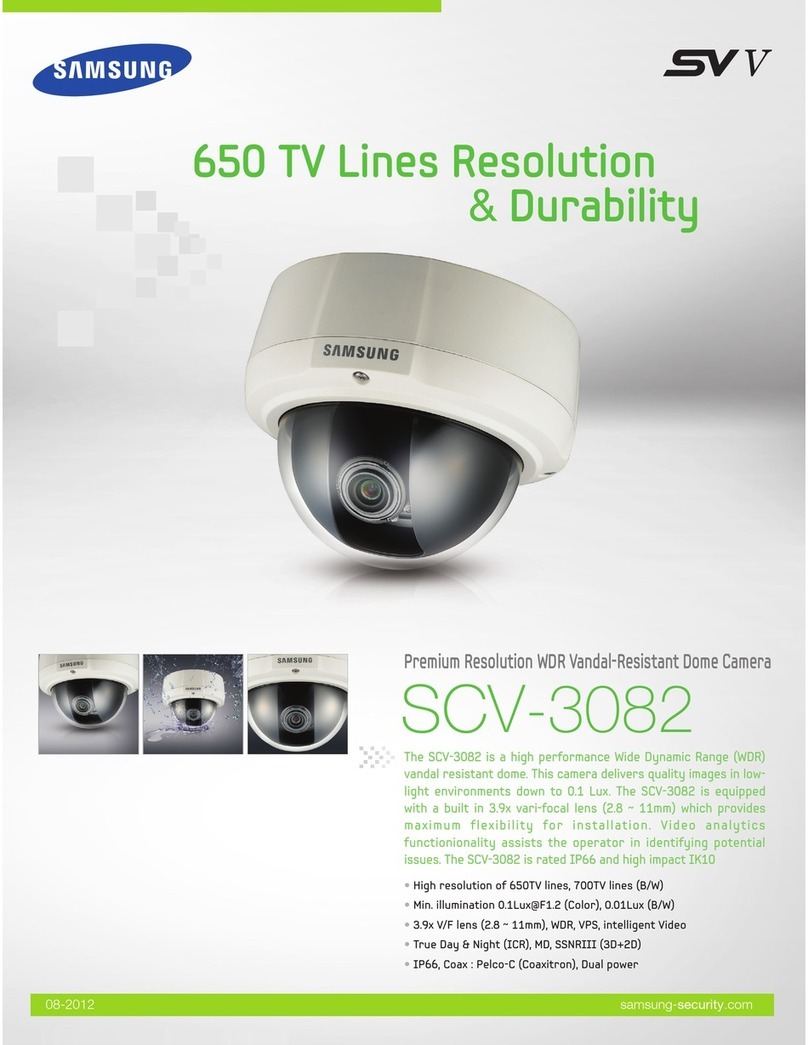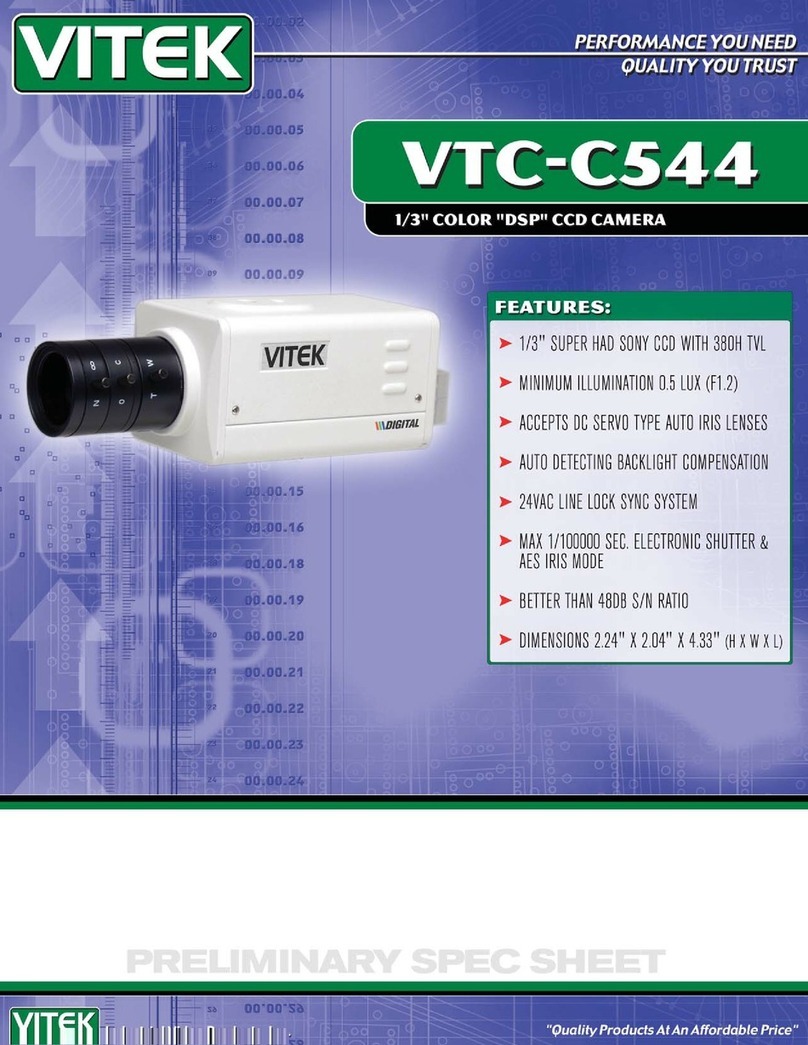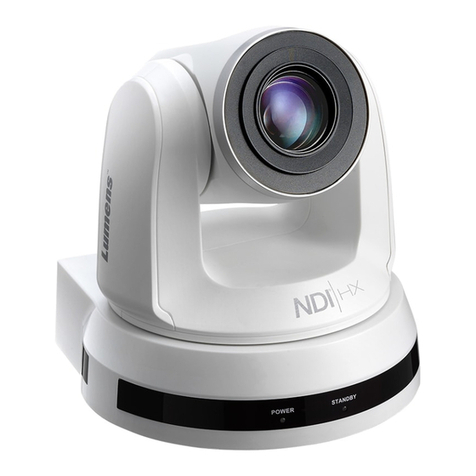
4www.observint.com © 2015 Observint Technologies. All rights reserved.
2. With the >marker at the VIDEO OUT entry, click the Iris + button to open the VIDEO OUT submenu
(see the right screen above.
3. With the >marker at the FRAME RATE entry, click the tor ubutton to decrease or increase the
frame rate.
4. Click the qbutton to position the >marker at RETURN, and then click the Iris + button to return
to the previous menu (MAIN MENU).
5. Click the pbutton to position the >marker at EXIT, and then click the Iris + button to open the
EXIT submenu.
6. Click the qor pbutton to position the >marker at either SAVE/EXIT or EXIT, and then click the
Iris + button.
NOTE
SAVE/EXIT: Use this option if you want to retain the setting. It can be changed at any time.
EXIT: Use this option if you want to retain the setting temporarily. If the camera is powered o, the
new setting is lost.
Example 2: Change the camera video settings
Video settings for the camera are congured in the EFFECT submenu. You an also ip (vertical reection)
and/or mirror (horizontal reection) the image in this menu. To change the setting:
1. Open the OSD Main Menu (see “Step 3. Open the OSD menu” on page 2).
2. Click the qbutton to position the >marker at EFFECT, and then click the Iris + button to open the
EFFECT submenu.
3. Click the qor pbutton to position the >marker at the parameter you want to change, and then
click the tor ubutton to decrease or increase the setting. The FLIP and RETURN options are
either ON or OFF. The eect of changing the parameter is shown immediately in the video image.
4. Repeat the previous step to change other parameter values if necessary.
5. Click the qbutton to position the >marker at RETURN, and then click the Iris + button to return
to the previous menu (MAIN MENU).
6. Click the qbutton to position the >marker at EXIT, and then click the Iris + button to open the
EXIT submenu.
7. Click the qor pbutton to position the >marker at either SAVE/EXIT or EXIT, and then click the
Iris + button.
Cleaning
Clean the camera dome with an approved glass cleaning solution and a lint free cloth.
• Dust can be removed from the unit by wiping it with a soft damp cloth. To remove stains, gently rub
the surface with a soft cloth moistened with a mild detergent solution, then rinse and dry it with a
soft cloth.
• Remove all foreign particles, such as plastic or rubber materials, attached to the camera housing.
These may cause damage to the surface over time.
CAUTION
Do not use benzene, thinner or other chemical products on the camera assembly; these may
promote damage of the surfaces. Before using any chemical product, carefully follow the
accompanying instructions.
Specications
Model ALI-CD1080PI
Camera
Image Sensor 1 / 2.7" Progressive Scan CMOS
Signal System NTSC
Eective Pixels 1930(H) * 1088(V)
Min. Illumination 0.1 lux @ (F1.2, AGC ON), 0 lux with IR
Shutter speed 1/30 s to 1/50,000 s
Lens 3.6 mm lens, angle of View: 90°
Lens Mount φ14
Angle Adjustment Pan: 0 - 350°, tilt: 0 - 70°
Day & Night ICR
Synchronization Internal synchronization
Video Frame Rate 1080p @ 30 fps
HD Video Output 1 Analog HD output
S / N Ratio More than 52 dB
Menu
Camera ID On/o (0 ~ 255)
AGC Support
D/N Mode Color / BW/ Auto / EXT
White Balance Auto / User / Push / 8000 K / 6000 K / 4200 K / 3000 K
Privacy Mask On/O, maximum 2 zones
Motion Detection On/O, maximum 4 zones
BLC Support
Anti-icker On / O
Language English / Chinese
Function Digital noise reduction, Mirror
General
Working Temperature / Humidity 14 °F ~ 122 °F (-10 °C ~ 50 °C)
Humidity 90% or less (non-condensing)
Power Supply 12 Vdc
Power Consumption Max. 2.5 W
IR Range Up to 65 ft (20 m)
Communication Up the coax (OSD control through the HD-TVI DVR)
Protocol: Coaxitron
Dimensions φ 3.86 in x 2.57 in (φ 98 mm x 65.4 mm)
Weight 0.29 lb (130 g)
Troubleshooting
Problem Possible Cause
Nothing appears on the screen - Check the power connection.
- Check the video signal cable connection to the monitor.
The video image is dim or not clear. - If the camera lens is dirty, clean it with a soft, clean cloth.
- Adjust the monitor controls, if necessary.
- If the camera is facing a very strong light, change the camera position.
- Adjust the lens focus.
The screen is dark. - Adjust the contrast control of the monitor.
- If you have an intermediate device, set the impedance (75 Ω /Hi-Z)
properly, and check the cable connections.
The camera is not working properly and the
surface of the camera is hot.
- Verify that the camera is correctly connected to an appropriate regulated
power source.
The image on the monitor ickers - Make sure that the camera isn’t facing direct sunlight or uorescent light.
If necessary,change the camera position.
